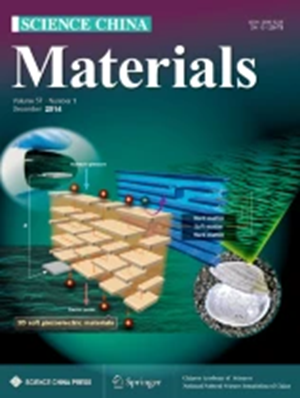Single-atom zinc controlled-release catalysts for efficient vulcanization of rubber
Abstract
Reducing the amount of zinc oxide (ZnO) is a continuous pursuit of the rubber industry because of the high cost and environmental pollution of Zn. However, reducing the amount of ZnO will inevitably lead to a decrease in the crosslinking density and the loss of mechanical properties of rubber; thus, this remains a huge challenge. Herein, we prepared Zn single-atoms supported on graphene oxide (Zn SAs@GO) as controlled-release catalysts for effective rubber vulcanization, which can improve the crosslinking density and mechanical properties of rubber by reducing Zn dosage compared to commercial ZnO by 82.5%. X-ray absorption spectroscopy (XAS) analysis reveals that Zn–O bond is 2.03 Å in Zn SAs@GO, which possesses moderate Zn–O binding energy. Thus Zn2+ ions can be controlled-release and participate in the vulcanization reaction with higher activity. Moreover, due to the homogeneous dispersion of Zn atoms in Zn SAs@GO, zinc catalysts were fully utilized during the vulcanization process, resulting in a 6.6% increase in crosslinking density of the prepared vulcanized rubber compared to that of commercial ZnO. This work contributes to the development of large-scale preparation for SACs and potentially pave the way for their applications in industrial rubber manufacture.

 求助内容:
求助内容: 应助结果提醒方式:
应助结果提醒方式:


